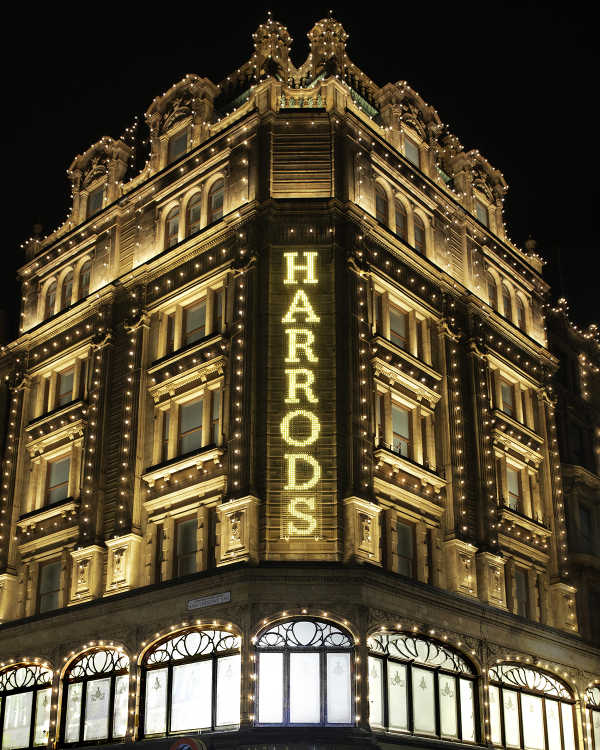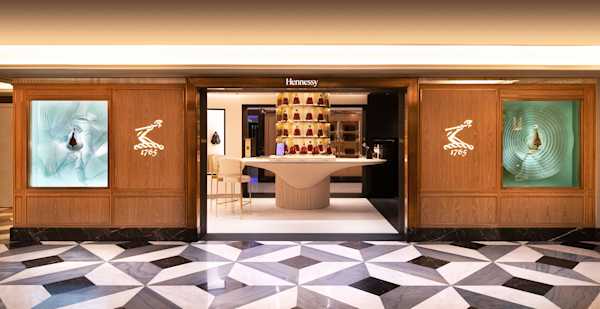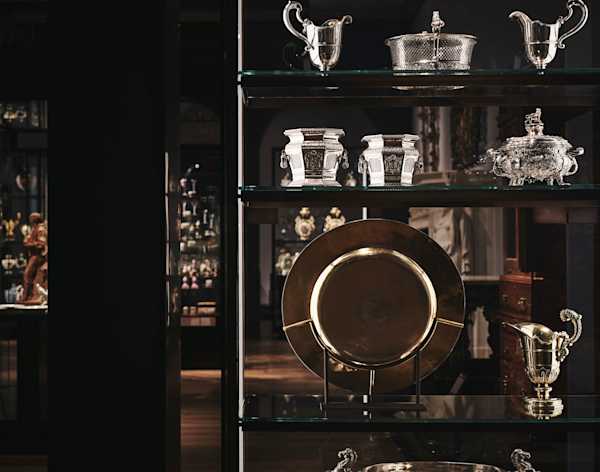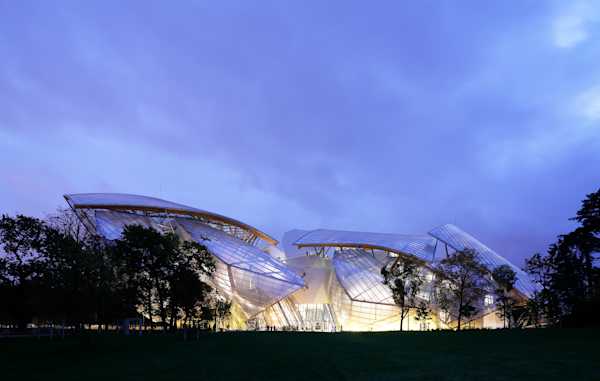Bellevue Arts Museum is the Pacific Northwest's center for the exploration of art, craft, and design. The museum’s mission was founded on the motto “See, Explore, Make Art,” from which architect Steven Holl developed the design concept of “tripleness.” This notion entails a non dialectic openness of experience, thought, and contact that characterize the space on three levels, in three galleries, each with its own personality and unique quality. Three different light conditions and three circulation options respond to this idea.
The three-story, 36,000 square foot Museum was inspired by the Museum's origins as a street fair, and large windows at ground level reinforce the Museum's openness to the community. Holl made extensive use of glass, terraces, and skylights in his investigation of light, creating a structure that is an artwork in its own right. Roughly a third of the exterior surface is glass, with the remaining two-thirds divided evenly between hand-sanded marine aluminum and textured concrete stained in earth-red tones.
Throughout the building different types of light are utilized to correspond to different concepts of time. The design also focuses on how light comes into the building and how it emanates out to create an interactive beacon of light at night. Two distinct types of lighting are used in the gallery space. First, general lighting consists of embedded light pockets used as reflectors. The second type consists of removable accent lights in the ceiling, and can be adjusted for rotating displays. These two types in combination create a smoothing effect, which enhances the curves of Holl’s architecture and emphasizes the building’s unique shape.
Architect
Steven Holl ArchitectsSize
36,000 ft2 / 3,344 m2
Status
CompletedDate Completed
2001
Client
Principal
Project Leader
Peiheng Tsai
















